Get in Touch
We’re here to answer your questions, however you want to ask them.
FAQ
How are salmon selected for the breeding programme?
When does the broodstock spawning take place?
What time of year are the eggs hatched?
How soon does feeding commence?
At which stage are the smolt graded?
When are the smolt normally transferred to the farms?
Are the farms harvested all year?
How are the salmon monitored and evaluated on the farms?
What systems are in place to prevent other wildlife getting into the farms?
We take the safety of wildlife very seriously and work hard to protect them. Our farms are surrounded by a predator mesh to prevent other animals entering the farms. More information on the wildlife around our farms can be found here.
How are the nets kept clean?
How many team members work on the farm?
Are the farm structures permanent?
How does salmon farming affect the seabed?
What life is there underneath the sea farms?
There is abundant life on the seabed underneath our farms, a positive sign of biodiversity. We often find mussels, starfish, blue cod, seahorses and other species flourishing under our farms. You can find more information and see a video of life under our farms here.
What is the feed made up of?
Our feed is specially formulated to provide enough energy for our salmon to thrive whilst also supplying all the essential nutrients for healthy growth. The formulation of our feed changes to meet the dietary requirements of our King salmon throughout their lifecycle. Further details on what goes into the feed can be found here.
How often are the salmon fed per day and how does this change as they grow?
How does the automatic feeding process work?
What gives salmon their colour?
This is thanks to a powerful antioxidant called astaxanthin, an essential micronutrient for salmon. It’s so important to salmon that they’ve evolved the capacity to store it in their muscle tissue and this is what contributes to their vibrant hue. If white fish were to eat astaxanthin they would not change colour. More information on astaxanthin can be found here.
Are your farms audited?
What certifications do you hold?
A full list of our certifications and recommendations can be found here.
What are you doing to reduce the amount of plastic in your packaging?
How is climate change affecting your operations?
Climate change is one of the significant challenges for our world, and every organisation or individual has some level of carbon footprint to acknowledge. Farmed fish is considered a climate friendly protein source compared to other animal proteins. Salmon is an important solution to providing the world with vitally important proteins while having a lower impact on the environment. You can find more about how we are addressing climate in our Annual Report here.
What are your plans for the future?
Our vision is to pursue international best practice salmon farming in order to deliver a sustainable food solution for the future. Our two key strategic initiatives to achieve this are open ocean farming and farm relocation. You can find more on this here.
What is Blue Endeavour?
Where can I buy your salmon?
Which markets do you export to?
We have a well-established domestic market share along with a successful history in offshore markets. Currently, 46% of our King salmon is enjoyed in New Zealand with the remainder exported to more than 15 countries around the world. More information is available here.
Head Office Physical Address:
17 Bullen Street
Tahunanui
Nelson 7011
New Zealand
Nelson Processing Physical Address:
10-18 Bullen Street
Tahunanui
Nelson 7011
Picton Aquaculture Office Address:
43 Dublin Street
Picton 7220
Postal Address:
P O Box 1180
Nelson 7040
New Zealand
Auckland Office Address:
6 Mitchelson Street
Ellerslie
Auckland 1051
For All Media Enquiries:
Email: Monique.Hatfull@kingsalmon.co.nz
Phone: 027 621 8853
Please note that visits to our offices, factories or farms must be pre-arranged. Unfortunately we do not have products available to purchase at any of our locations, please visit your supermarket or local retailer.
